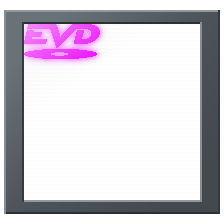Steamをインストール
ログイン
|
言語
简体中文(簡体字中国語)
繁體中文(繁体字中国語)
한국어 (韓国語)
ไทย (タイ語)
български (ブルガリア語)
Čeština(チェコ語)
Dansk (デンマーク語)
Deutsch (ドイツ語)
English (英語)
Español - España (スペイン語 - スペイン)
Español - Latinoamérica (スペイン語 - ラテンアメリカ)
Ελληνικά (ギリシャ語)
Français (フランス語)
Italiano (イタリア語)
Bahasa Indonesia(インドネシア語)
Magyar(ハンガリー語)
Nederlands (オランダ語)
Norsk (ノルウェー語)
Polski (ポーランド語)
Português(ポルトガル語-ポルトガル)
Português - Brasil (ポルトガル語 - ブラジル)
Română(ルーマニア語)
Русский (ロシア語)
Suomi (フィンランド語)
Svenska (スウェーデン語)
Türkçe (トルコ語)
Tiếng Việt (ベトナム語)
Українська (ウクライナ語)
翻訳の問題を報告



 Poznan, Poland
Poznan, Poland 
















😘
A program should be light and agile, its subroutines connected like a
strings of pearls. The spirit and intent of the program should be retained
throughout. There should be neither too little nor too much, neither needless
loops nor useless variables, neither lack of structure nor overwhelming
rigidity.
A program should follow the 'Law of Least Astonishment'. What is this
law? It is simply that the program should always respond to the user in the
way that astonishes him least.
A program, no matter how complex, should act as a single unit. The
program should be directed by the logic within rather than by outward
appearances.
If the program fails in these requirements, it will be in a state of
disorder and confusion. The only way to correct this is to rewrite the
program.
-- Geoffrey James, "The Tao of Programming"
😵